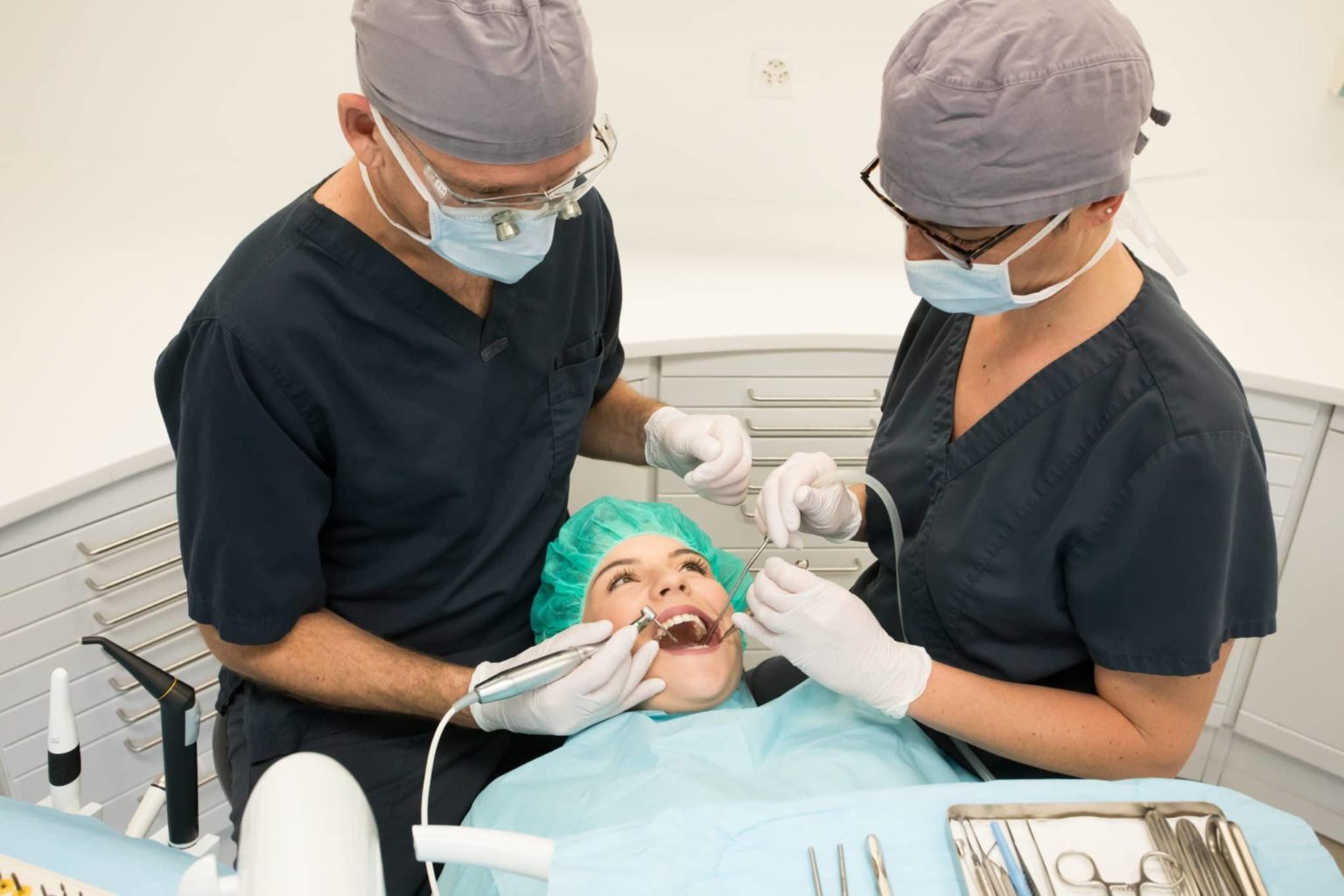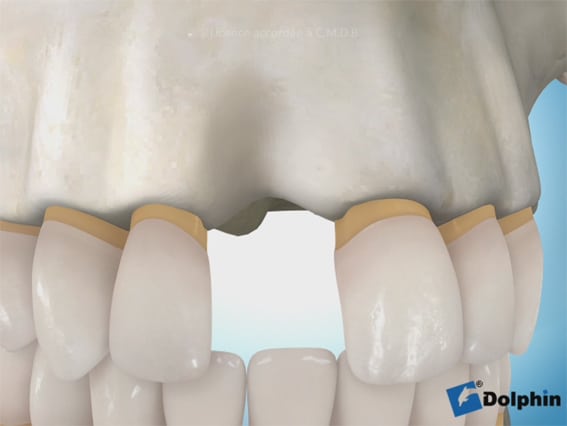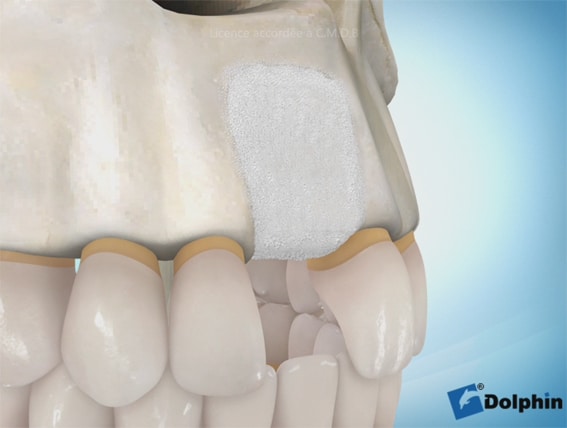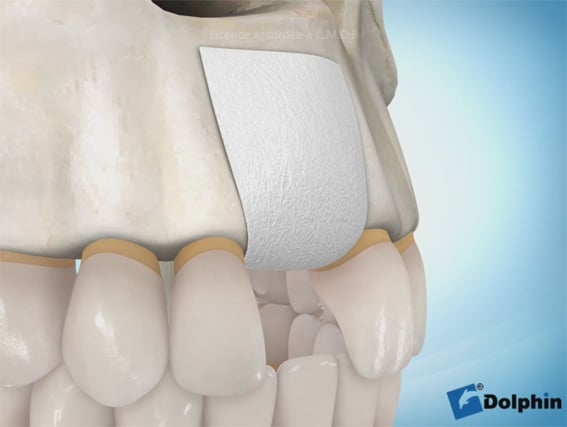Care
Bone augmentation for implantology


Why is bone augmentation sometimes necessary?
Over time, tooth loss leads to progressive resorption of the bone surrounding the roots. When this bone loss is too great, the dental implant cannot be placed in a low bone volume. It is therefore sometimes necessary to restore this bone volume in width or height using bone augmentation techniques.
These pre-implant bone augmentation techniques enable us to increase the indications for implant placement. For the comfort of each patient, we systematically favor the least traumatic bone augmentation techniques.
How does bone augmentation work?

In the vast majority of cases, advances in techniques and materials now make it possible to avoid cumbersome surgical procedures involving bone removal from the jaw under general anaesthetic. Synthetic bone substitutes, known as “biomaterials”, or autologous bone (autograft) offer less invasive solutions, even in cases of severe bone atrophy.
Depending on the degree of bone loss, bone augmentation may require an additional surgical step, several months before implant placement.

These biomaterials are protected by a “barrier” membrane to ensure proper bone healing.
If the bone deficit is not too severe, bone augmentation can be carried out simultaneously with implant placement during the same surgical procedure.
This is a common surgical procedure with excellent results. It is performed chairside under local anaesthetic, and generally takes no longer than 90 minutes.
In the immediate post-operative period, the patient may experience some pain, usually relieved by analgesics, swelling of the surgical site, cheek haematoma and local discomfort.
Superinfection of the bone augmentation material in the weeks following surgery can compromise the success of the procedure and the placement of the dental implant. In the vast majority of cases, antibiotic treatment can prevent this risk.